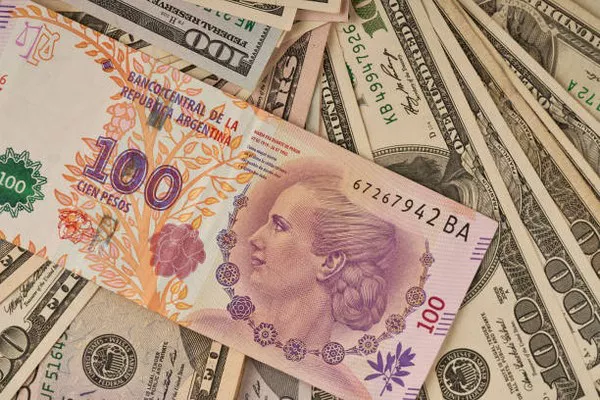Coins serve as tangible representations of a country’s culture, history, and economy. Among the various denominations of Japanese coins, the ¥5 coin holds a special place, embodying unique designs and cultural significance. In this article, we delve into the rich diversity and cultural symbolism of Japanese ¥5 coins, exploring their history, design, and practical uses.
A Brief Overview of Japanese Currency:
Japan’s currency system has evolved over centuries, with the yen (¥) serving as the official currency since the Meiji Restoration in the late 19th century. The yen is subdivided into smaller units, including coins in denominations of ¥1, ¥5, ¥10, ¥50, ¥100, and ¥500, as well as banknotes ranging from ¥1,000 to ¥10,000.
History of the ¥5 Coin:
The history of the Japanese ¥5 coin dates back to the early Meiji period, following the introduction of the yen as Japan’s official currency in 1871. Initially, the ¥5 coin featured a dragon design on the obverse side, symbolizing power, strength, and good fortune in Japanese culture.
Over time, the design of the ¥5 coin has undergone several revisions, reflecting changes in Japan’s political landscape and cultural identity. Today, the modern ¥5 coin features an image of a rice plant on the obverse side, symbolizing Japan’s agricultural heritage and the importance of rice cultivation in Japanese society.
Design and Specifications:
The Japanese ¥5 coin is minted in a copper-nickel alloy and has a diameter of 22 millimeters, making it larger than the ¥1 coin but smaller than the higher denominations. On the obverse side, the coin features the numeral “5” surrounded by a wreath of rice leaves, with the inscription “日本国” (Nihonkoku), meaning “State of Japan,” and the year of minting.
The reverse side of the coin showcases the denomination “5円” (5 yen) encircled by a wreath of rice leaves, along with the inscription “Five Yen” in English. The rice plant motif, prevalent on both sides of the coin, reflects Japan’s agricultural heritage and its cultural reverence for rice as a staple food source.
Cultural Significance and Symbolism:
Beyond its practical utility as a form of currency, the Japanese ¥5 coin holds significant cultural symbolism in Japanese society. The rice plant, or “ine,” symbolizes abundance, prosperity, and fertility in Japanese culture, representing the importance of agriculture in sustaining the nation’s economy and livelihood.
In addition to its symbolism, the ¥5 coin carries historical significance as a tangible link to Japan’s agrarian past and its traditional way of life. The coin serves as a reminder of Japan’s deep-rooted connection to the land and its reliance on agriculture as a fundamental aspect of its cultural identity.
Practical Uses and Cultural Customs:
In daily life in Japan, the ¥5 coin has practical uses for small purchases and transactions, such as buying snacks or drinks from vending machines, paying for public transportation fares, or leaving as a tip at restaurants. Despite the prevalence of electronic transactions, the coin remains a common form of currency for small transactions.
Moreover, the ¥5 coin plays a role in various cultural customs and traditions in Japan. For example, it is often used as an offering at shrines and temples, where visitors leave coins as a gesture of respect and gratitude for blessings received. Additionally, the coin may be used in traditional games and activities, such as “senryo” or coin-tossing ceremonies.
Conclusion:
In conclusion, the Japanese ¥5 coin serves as a tangible embodiment of Japan’s cultural heritage, agricultural legacy, and economic prosperity. From its origins in the Meiji era to its modern-day depiction of the rice plant, the coin reflects Japan’s enduring spirit and identity as a nation. Whether used for practical transactions or cultural customs, the ¥5 coin symbolizes Japan’s deep-rooted connection to its land, its people, and its rich cultural traditions. As a testament to Japan’s past, present, and future, the ¥5 coin continues to hold a special place in the hearts and minds of the Japanese people, embodying the beauty, resilience, and diversity of Japanese society.


